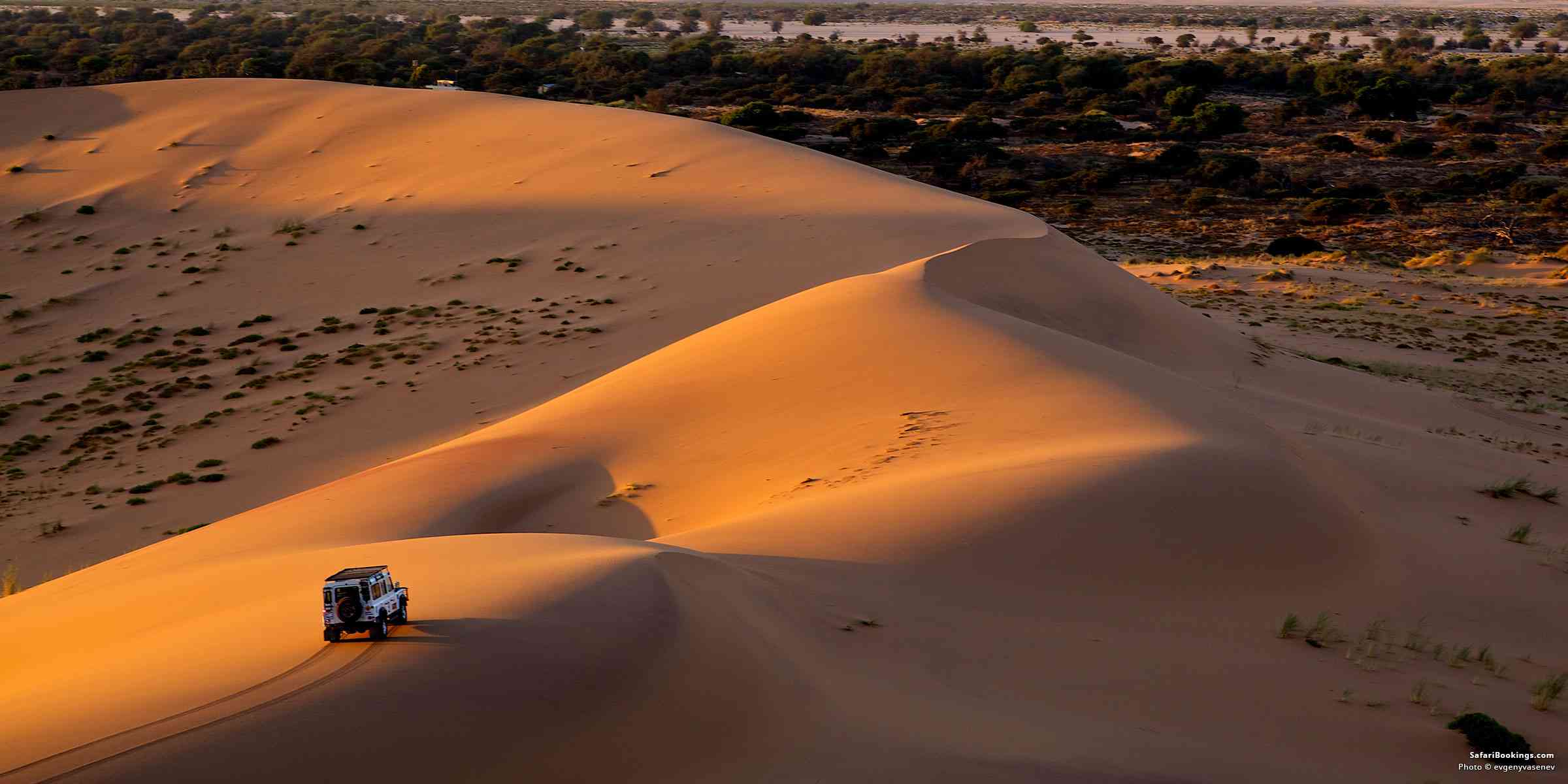
10 Interesting Namib Desert Facts
 By Anthony Ham
By Anthony Ham Anthony is a renowned Africa expert and author of the Lonely Planet guide to Botswana and Namibia.
Perfectly formed sand dunes press up against a deserted stretch of coast and extend inland as far as the eye can see. Sand consumes the skeletons of shipwrecks a kilometer from the ocean. Wildlife thrives in a land almost completely devoid of water. Not only is the Namib Desert one of the world’s most beautiful deserts, it’s also a place of mystery that conceals its secrets well.
1. The World’s Oldest Desert
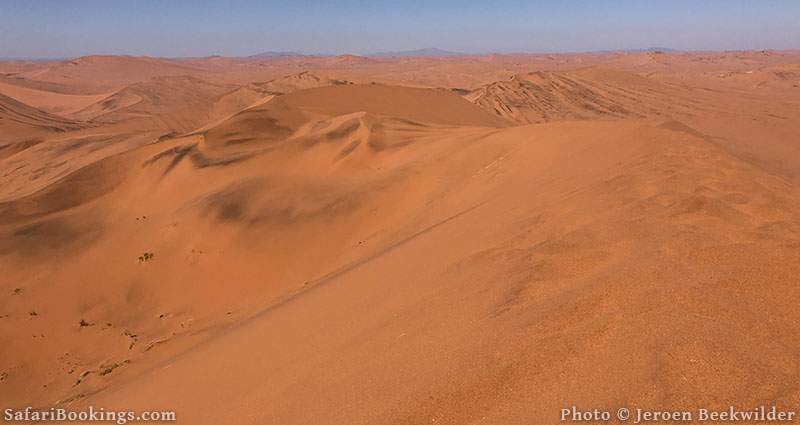
The Namib may not be the world’s largest desert, but it is almost certainly the oldest. It is, for example, much older than the Sahara Desert. Just 12,000 years ago the Sahara was a mix of green savannah grasslands and forests home to the African megafauna that makes us all want to go on safari. In contrast, the Namib Desert has been dry for at least 55 million years, and possibly as many as 80 million. Parts of the Namib rival South America’s Atacama Desert as the driest place on Earth. Some parts average just 2mm/0.08in of rain a year.
2. A Strange Climate

It catches travelers every time. As you drive from Namibia’s interior to the sand-dune coast, the blast of cold air and rolling mists can be deeply unsettling, even otherworldly. It’s a strange sensation, peering out to sea through the fog from high on a sand dune and feeling suddenly cold. The Namib Desert experiences around 180 days of fog every year. This is thanks to cold air from the offshore Benguela Current crashing up against the hot air from the arid inland.
3. The Skeleton Coast
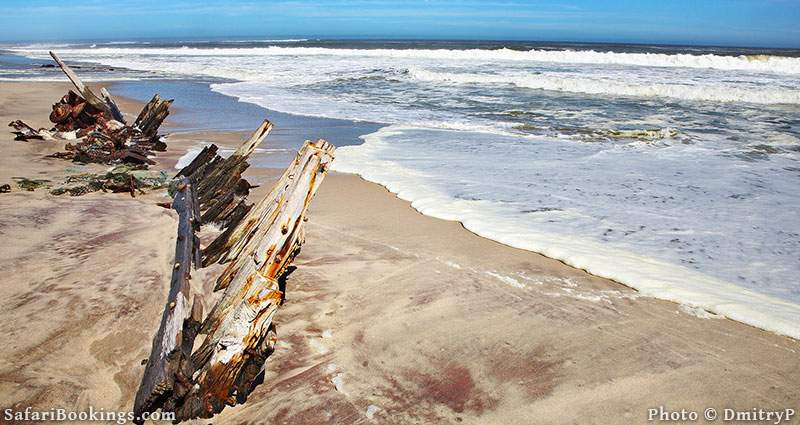
No one knows how many ships were wrecked along Namibia’s arid shore. The ocean and constantly moving sand dunes have conspired to make many of them disappear. Those that remain serve as reminders of the elemental force that controls everything along this coast. So powerful are the sand dunes that their relentless march has reclaimed land from the sea.
Some shipwrecks that were once washed by waves are now almost a mile inland less than a century later. Take the Eduard Bohlen, which sank off Walvis Bay in 1909 but now lies stranded 1km/0.6mi away from the sea. Others like the Otavi, a cargo ship that ran aground farther south in 1945, lie close to shore protected by rocky outcrops.
4. A Once-forbidden Land
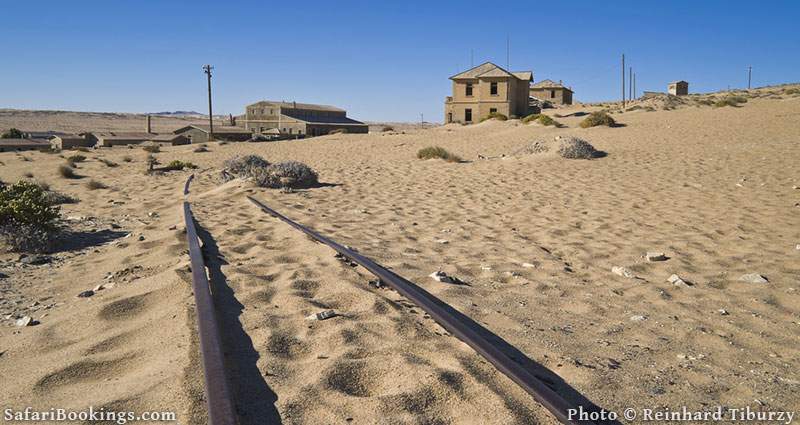
Not that long ago, it wasn’t just the swirling fog that concealed much of the desert from view. Until 2009, the Sperrgebiet region was off-limits. It was a secretive place of abandoned diamond mines, treacherous sand seas and all manner of rumors. These days, it’s a 22,000km²/8,494mi² national park known as Tsau //Khaeb National Park, but it is still only for the adventurous. However, its secrets are coming to light, including the discovery of ghostly former mining towns that were previously swallowed by the sands.
And appearances can be deceiving. Despite its seemingly endless horizons of sand, the park has been recognized as one of 36 outstanding global hot spots of unique biodiversity. There’s everything here from the threatened desert rain frog to one of Africa’s only populations of wild horses.
5. Desert-adapted Lions
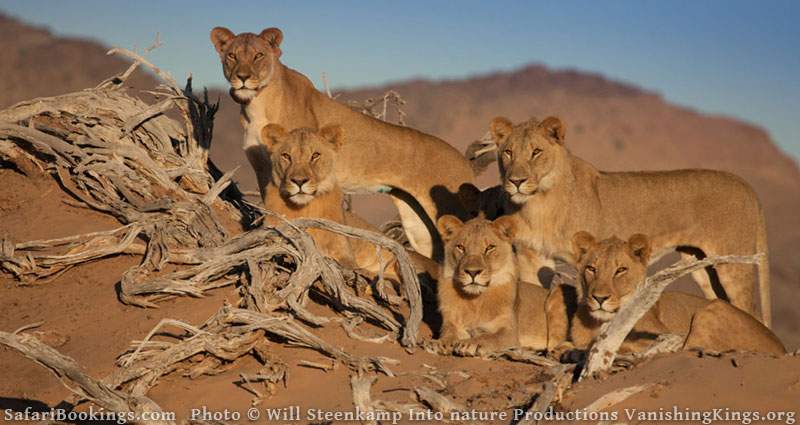
Even when there were more than a million lions in Africa, they never managed to survive in the Sahara Desert. Yet, against all odds, a small population of desert lions exist in and along the fringes of the Namib Desert. The lions somehow eke out an existence along the beaches, sand dunes and barren mountains of the Kunene region in the northern desert. The lions of the Namib nearly became extinct during the 1980s, but the population has made a remarkable recovery. Today, there are estimated to be 57 to 60 lions surviving.
6. Damaraland Elephants

Few first-time visitors to Namibia know that elephants live in the Namib Desert. Even fewer can explain how that can possibly be. That the world’s largest land mammal can survive in one of the driest places on the planet is indeed a miracle. These desert-adapted giants are slimmer than their savannah relatives, and their feet are wider (acting as the animal kingdom’s version of soft-sand 4WD tires). Poachers nearly wiped out the population during the 1990s, and it remains endangered. Accurate numbers are hard to find, but as many as 600, and as few as 100, desert elephants are thought to survive.
7. Black Rhinos
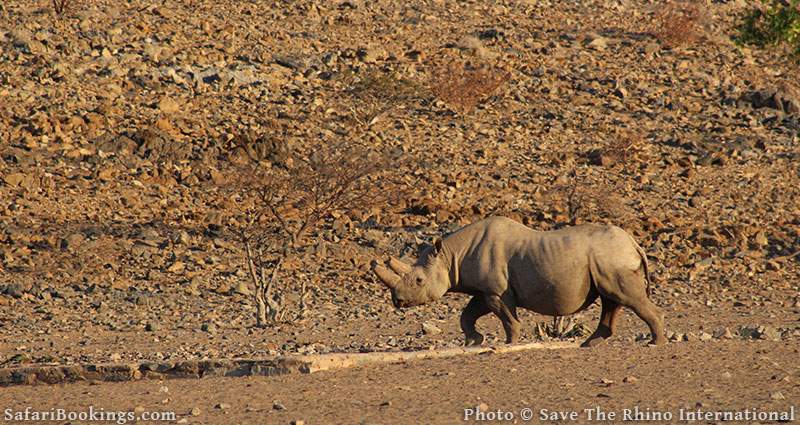
Save the Rhino Trust claims that Damaraland is home to Africa’s largest population of free-ranging black rhino. This is remarkable as Damaraland is a barren region of treeless mountains, sand dunes and gravel plains. Poaching remains a concern, but for now the population survives. A small number of high-end Damaraland lodges offer the chance to go rhino tracking as part of their conservation-meets-tourism programs.
8. Welwitschia Plants

It’s not only animals that have unusual ways of thriving in the Namib Desert. By trapping and storing water in their pores on the rare occasions it rains, the rather unlovely welwitschias are able to survive … for up to 2,000 years. Most of the plants that you’ll see are a mere 1,000 years old. Welwitschias are especially common in the desert east of Swakopmund in Dorob National Park, where the Khan and Swakop Rivers converge.
9. Epic Sand Dunes

One up-close look at the sand dunes of the Namib Desert is enough to make most travelers realize that these dunes are really big. But consider this: some dunes here are 300m/984ft high and stretch more than 32km/20mi long! The only longer sand dunes recorded on Earth are in the Badain Jaran Desert in China. But the dunes are mere grains of sand when compared to the overall size of the Namib Desert, which covers 80,000km²/30,888mi². The Namib stretches over 2,000km/1,200mi from north (Angola) to south (South Africa) and rarely extends more than 200km/120mi inland from the coast.
10. Toto’s Africa
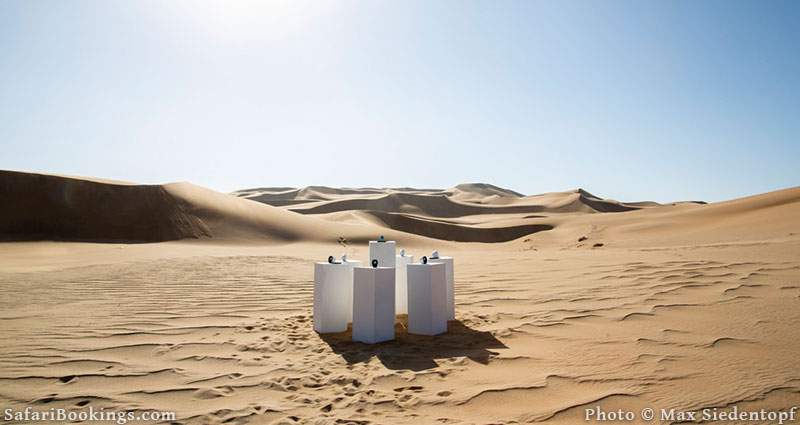
The Namib Desert has always attracted not just explorers and adventurers, but also eccentrics and those who would seek to otherwise leave their mark long after they’ve gone. Take the Namibian-German artist Max Siedentopf, who in 2019 set up an art installation in a secret Namib location. This artwork includes six solar-powered speakers attached to an MP3 player, also powered by the sun. For as long as it works, Toto’s 1982 hit song ‘Africa’ will play from the as-yet-undisclosed location. Let us know if you find it. And please turn it off.
Want To Visit the Namib Desert?
Click on the button below to compare Namib Desert safaris offered by top-rated tour operators.
 By Anthony Ham
By Anthony Ham Anthony is a renowned Africa expert and author of the Lonely Planet guide to Botswana and Namibia.
More About This AuthorSafari Tours to Namibia
-
![6-Day Namibia Highlights Flying Safari]()
6-Day Namibia Highlights Flying Safari
$6,899 pp (USD)
Namibia: Private tourLuxuryLodge & Hotel
You Visit: Windhoek (Start), Sossusvlei (Sand Dunes), Western Etosha NP, Windhoek (End)

Wayfairer Travel
5.0/5 – 202 Reviews
-
![10-Day Exclusive Guided Safari]()
10-Day Exclusive Guided Safari
$2,778 to $2,917 pp (USD)
Namibia: Private tour
Mid-range Lodge & Tented CampYou Visit: Windhoek (Start), Eastern Etosha NP, Etosha NP, Damaraland, Swakopmund (City), Sossusvlei (Sand Dunes), Windhoek (End)

People Tours And Safari
4.9/5 – 149 Reviews
-
![7-Day The Namibia Explorer - Dunes to Wildlife]()
7-Day The Namibia Explorer - Dunes to Wildlife
$2,514 to $2,645 pp (USD)
Namibia: Self-drive
Mid-range Lodge & Guest HouseYou Visit: Windhoek (Start), Sossusvlei (Sand Dunes), Swakopmund (City), Twyfelfontein (Rock Art), Etosha NP, Windhoek Airport (End)

Southbound Tours
5.0/5 – 29 Reviews







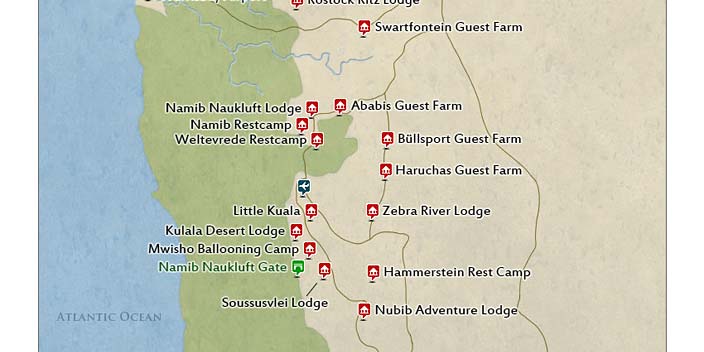
 Subscribe to our newsletter
Subscribe to our newsletter
 Follow us on Instagram
Follow us on Instagram





